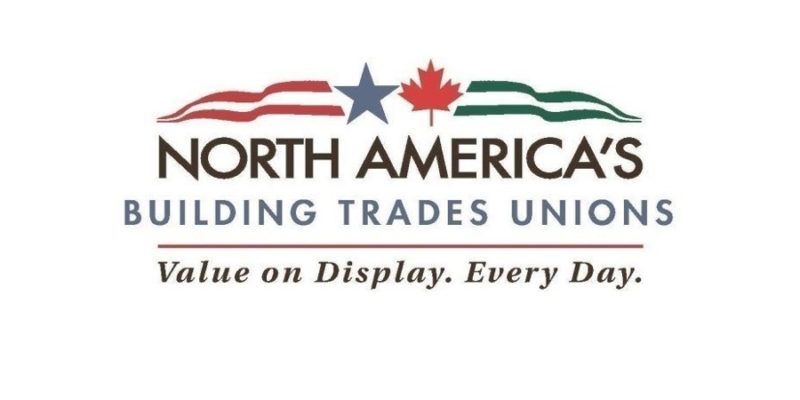NABTU | Washington, D.C. — January 17, 2023 — Today, at its first Opportunity Pipeline Forum, North America’s Building Trades Unions released a new report from the Institute for Construction Economics Research (ICERES) entitled, “Diversity, Equity, and Inclusion Initiatives in the Construction Trades” which examines workforce development and diversity, equity and inclusion in the construction industry, including the unique programmatic success of building trade programs and their results.
The study evaluates initiatives in the construction industry to promote greater workforce diversity, including recruitment, pre-apprenticeship, mentoring, retention, and apprenticeship training programs and looks at the success rates between union and non-union programs. The report finds that union programs are far more effective than non-union programs at recruiting and training more women and racially diverse groups into the construction industry.
“Improving diversity and making the skilled trades a more equitable and inclusive work environment is a challenge that requires conscious efforts and initiatives that track outcomes, which improve access to these jobs and provide support for workers from historically underrepresented groups,” said Dr. Amy Tracy Wells, one of the ICERES study authors and Lecturer at Rutgers University. “This study attempts to facilitate the strengthening of the DEI initiatives in all parts of the construction sector by providing perspectives on the current state of these programs in the construction industry—highlighting some of the best and most innovative practices—and offering insight on recent trends in the traditional pipeline to the skilled trades: registered apprenticeship training programs.”
“This is the first study of its kind and gives our entire industry a benchmark in which we are all held to the same standard on DEI and workforce development programs,” said NABTU President McGarvey. “The ICERES study demonstrates building trades unions’ programs are successful because of deliberate, intentional work and critical partnerships with community-based organizations, industry leaders, and government agencies. The findings underscore that investing programmatically throughout the workforce development pipeline and utilizing true workforce development tools like PLAs and collective bargaining work. With massive federal investments from the IRA, CHIPS, and Infrastructure Bill needing more on-ramps to Registered Apprenticeships, we look forward to organizations like TradesFutures helping us advance these successful DEI programs, maximize investments and meet the moment to provide more meaningful middle-class career pathways for diverse communities across America.”
Read the ICERES Study: “Diversity, Equity, and Inclusion Initiatives in the Construction Trades” by Cihan Bilginsoy, University of Utah; David Bullock, University of Michigan; Amy Tracy Wells, Rutgers, The State University of New Jersey; Roland Zullo, University of Michigan; and editors: Julie Brockman, Michigan State University and Russell Ormiston, Allegheny College.
For more information or to speak with an expert, please contact Betsy Barrett at bbarrett@nabtu.org or 202-997-3266.



